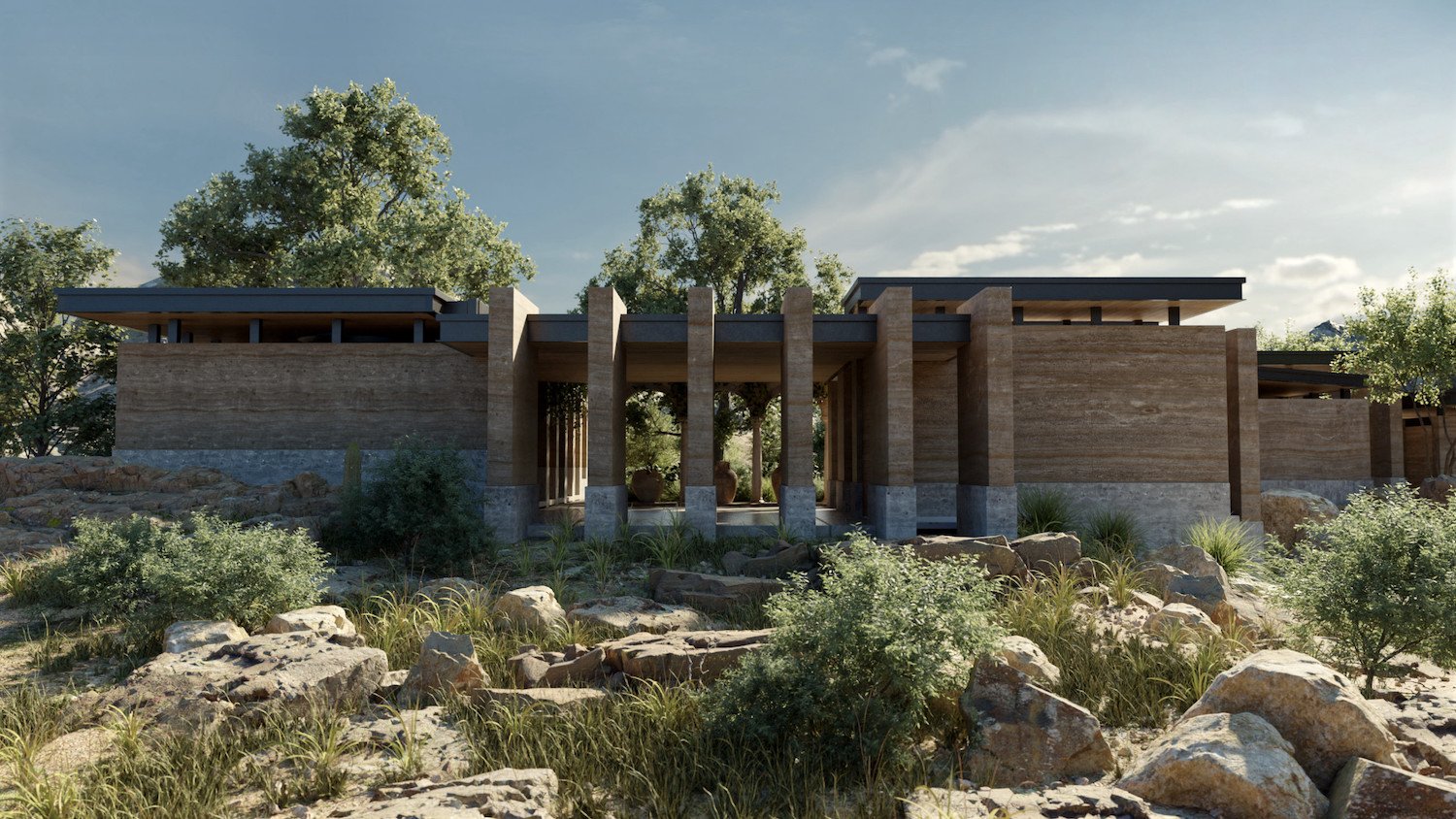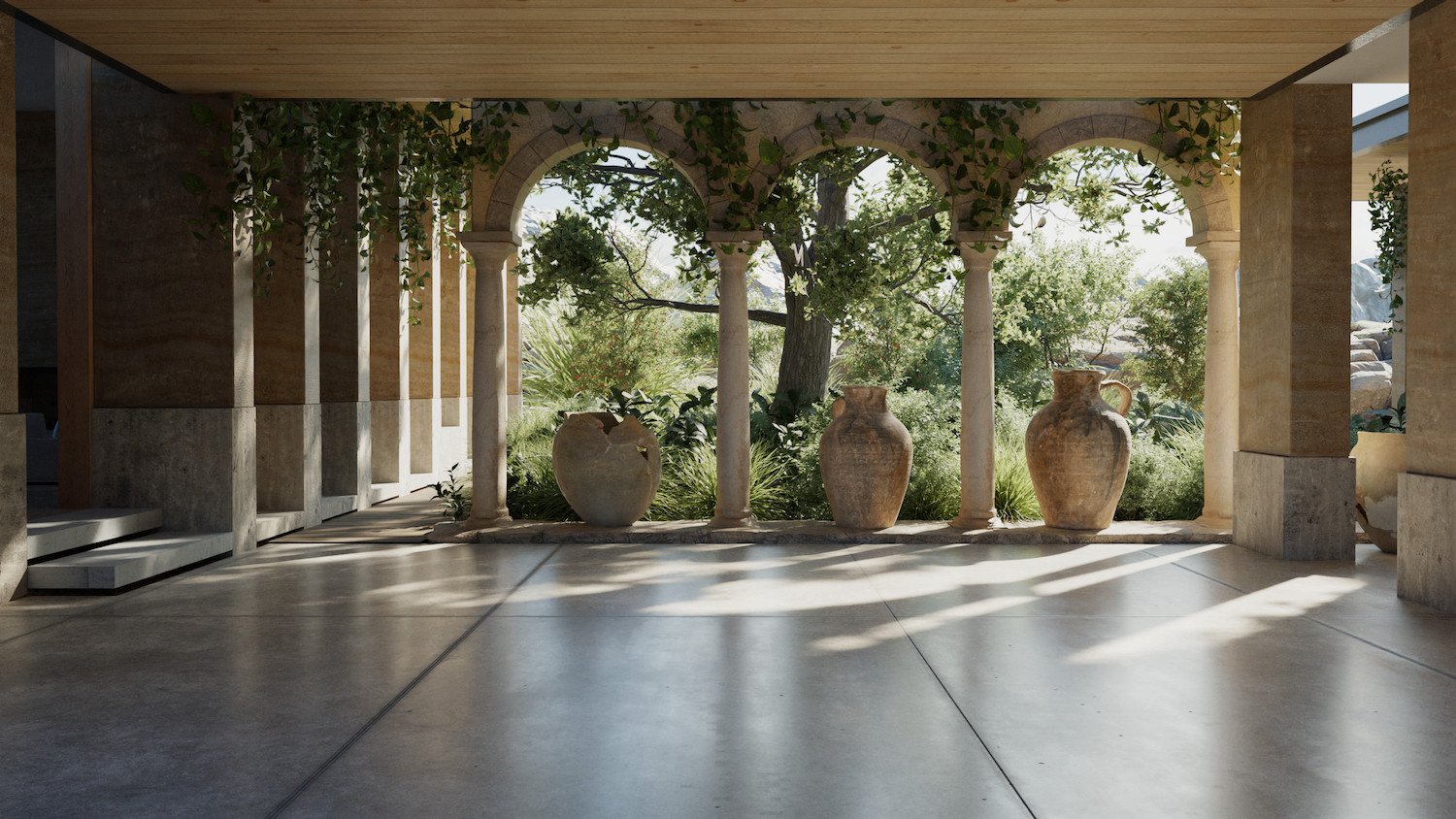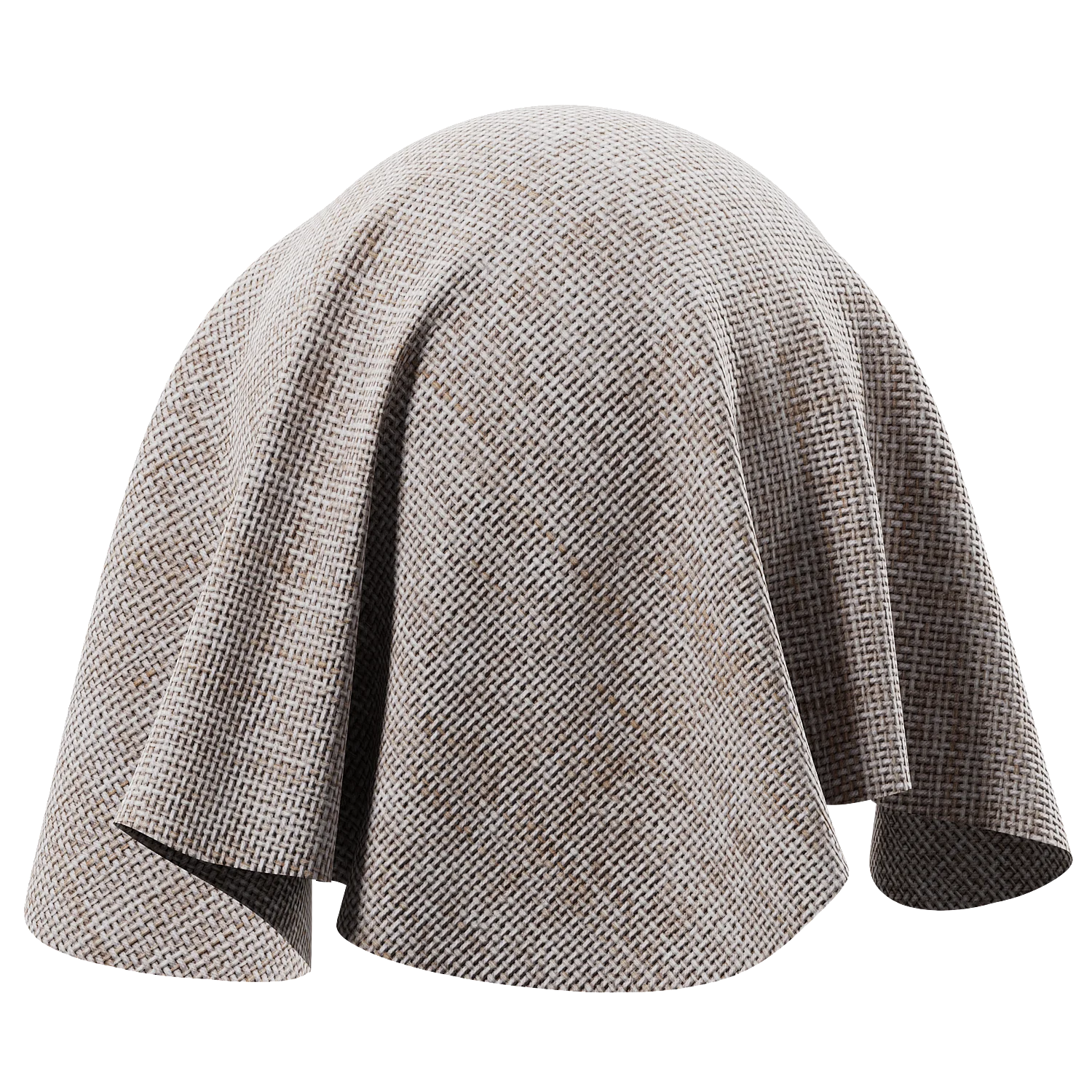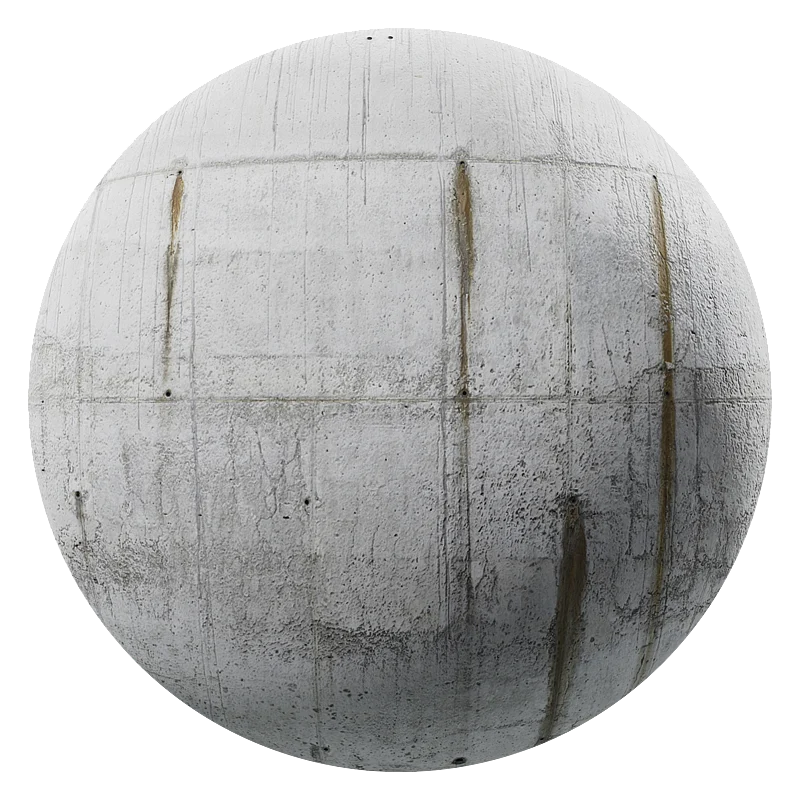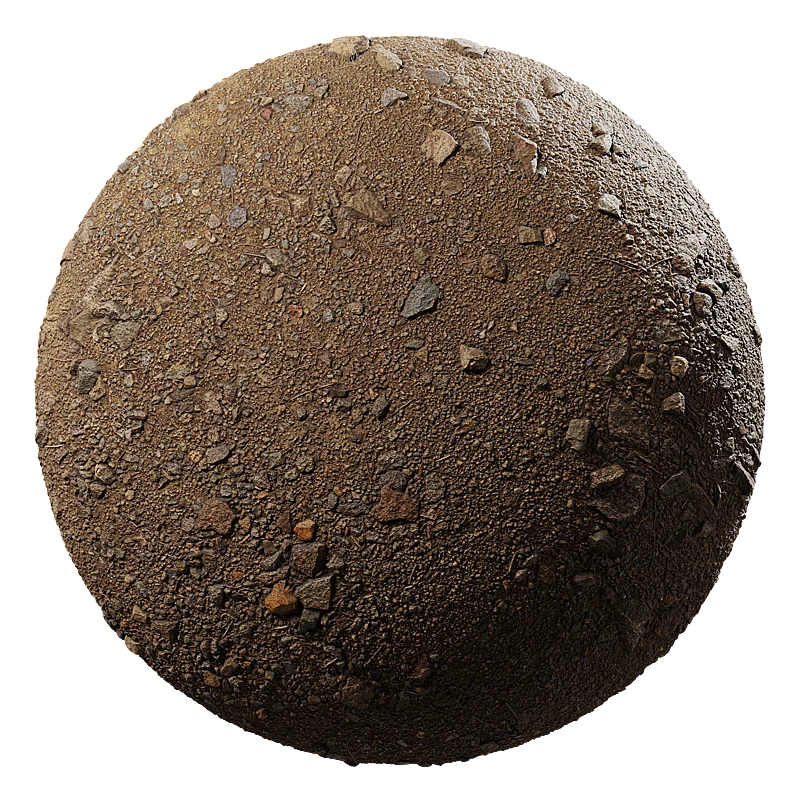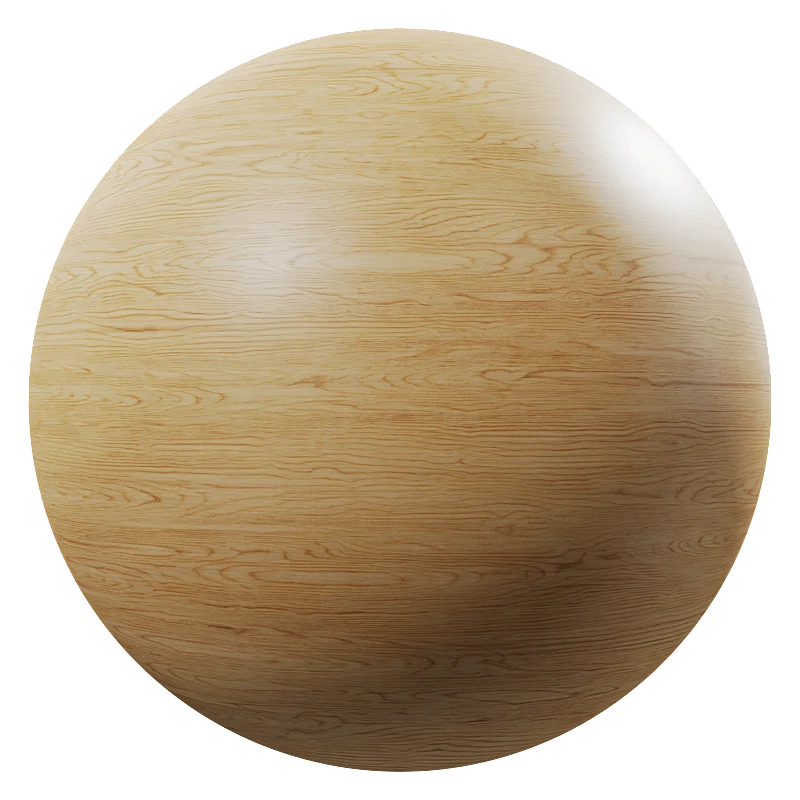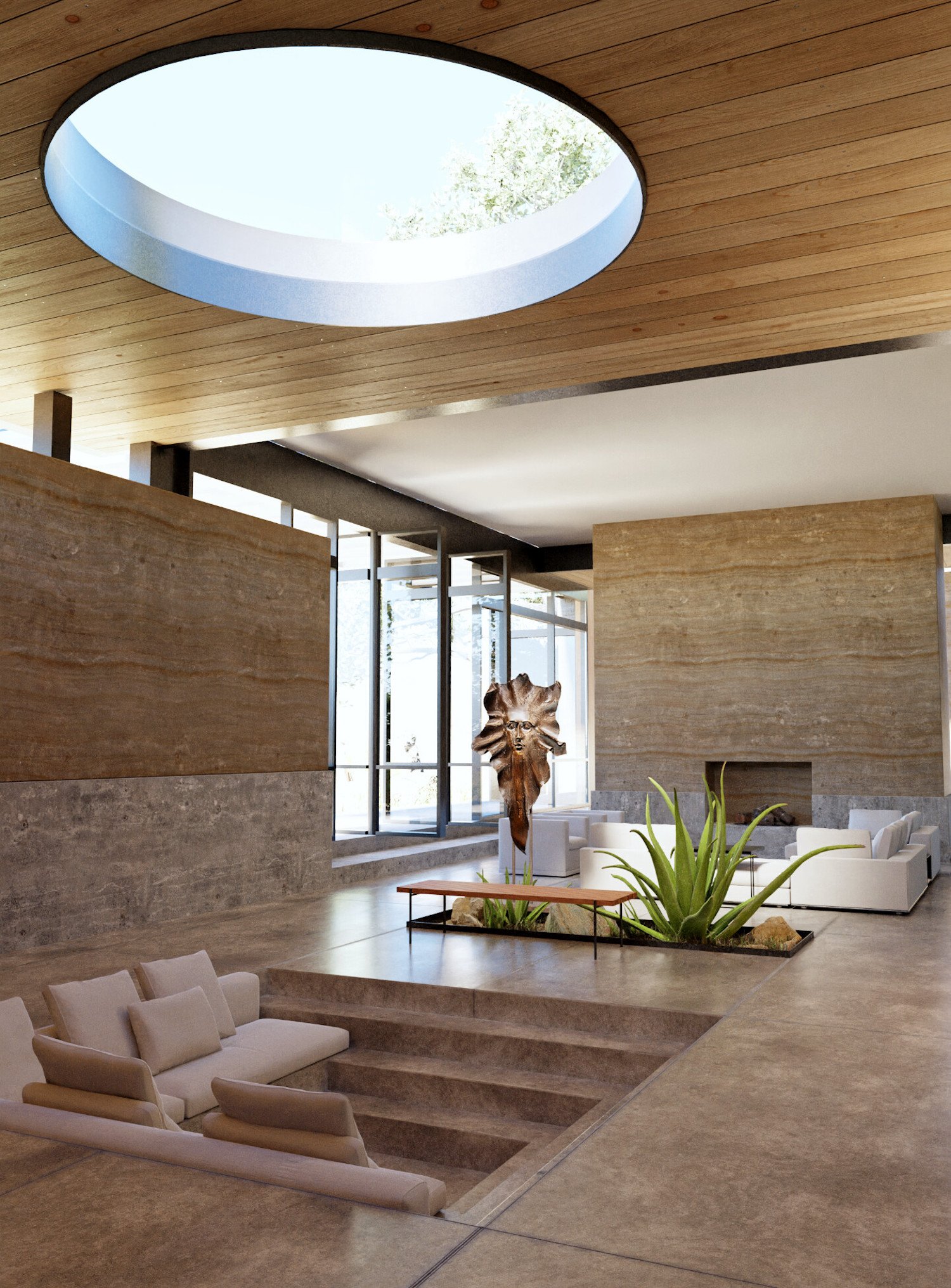Pedro Uriel Del Carmen on the making of ‘Hacienda San Sebastian’
We speak to Pedro Uriel Del Carmen about his project ‘Hacienda San Sebastian’, as well as how consistent methodologies and tips on how to grow as an artist.
Click on the black image hot-spots to find the Poliigon assets used.
Q. So, tell us about the ‘Hacienda San Sebastian’ project.
Pedro: ‘Hacienda San Sebastian’ was for an architectural contest. The challenge was to create a character and design their perfect home. I talked about the contest with a friend, who was studying his masters, and it turned out he needed a project for one of his classes, so we decided to do it together.
I initially wanted to create exterior rendering in a forest setting, but the ‘house in the woods’ idea changed when we were inspired to restore an old hacienda. The ecosystem of Jalisco is dry forest, so I decided to take inspiration from José María Velasco, a famous Mexican painter who made Mexican geography a symbol of national identity through his paintings.
After a period of working only on BIM modeling and visualization, I left aside architectural design from the concept to final blueprints - I enjoyed sketching and making models of cardboard again! Even though we didn’t win, we really enjoyed the process and the final delivery.
Click on the black image hot-spots to find the Poliigon assets used.
Q. What did you learn whilst creating this artwork? Were there any ‘Aha!’ moments?
Pedro: Creating nature that looks realistic and organic was the most difficult thing to learn. Most of the time I have to create completely green fields or change some elements for clients, but this time I had the opportunity to create for a personal goal and from great references.
The process was less complicated with some add-ons, and quite enjoyable.
Poliigon assets used in ‘Hacienda San Sebastian’
Q. How long have you been using Poliigon assets?
Pedro: Since 2018, when I found them through the Blender Guru tutorials. It’s a very complete library that continues growing, with excellent quality - I’d recommend them to any artist!
‘Hacienda San Sebastian’ by Pedro Uriel del Carmen
Q. When and how did you get into 3D visualizations?
Pedro: I started in 3D visualization during architecture school, first with BIM modeling and basic rendering in Revit. A couple of semesters after, a group of friends and I took a Vray course. It was in 2018 when I decided to start a more serious career in visualization, specifically in interior design.
My first job as freelance architectural visualizer was for an architect, who was a friend of my father; the project was a small house in Morelia, a town near to Mexico City.
Click on the black image hot-spots to find the Poliigon assets used.
Q. What inspires you, as an artist?
Pedro: Most of the time, work from other artists, but not only 3D - painters, photographers, illustrators, and other architects. Also some ideas come from movies and video games.
Q. What’s been the most important lesson you’ve learnt as a 3D artist, that you would pass onto other aspiring artists?
Pedro: I think the most important lesson is to learn the basics and find a consistent workflow. It’s more important to work consistently and according to a methodology; the inspiration comes while you’re working.
Be kind with your work and process - many people start out doing not so pleasant renders. But always try to improve; participate in challenges that take you out of your comfort zone.
Q. What are three other artworks people should check out, if they’re interested in seeing more of your work?
Pedro: ‘Camping In The Mountains’, ‘World In A Bottle’ and ‘Apartment Interior’.
Want more from Pedro?
Read our interview with Pedro on starting a career in archviz
Follow him on Instagram https://www.instagram.com/urieldelcarmenc/
Check out his work on Artstation https://www.artstation.com/uriel_dcc

